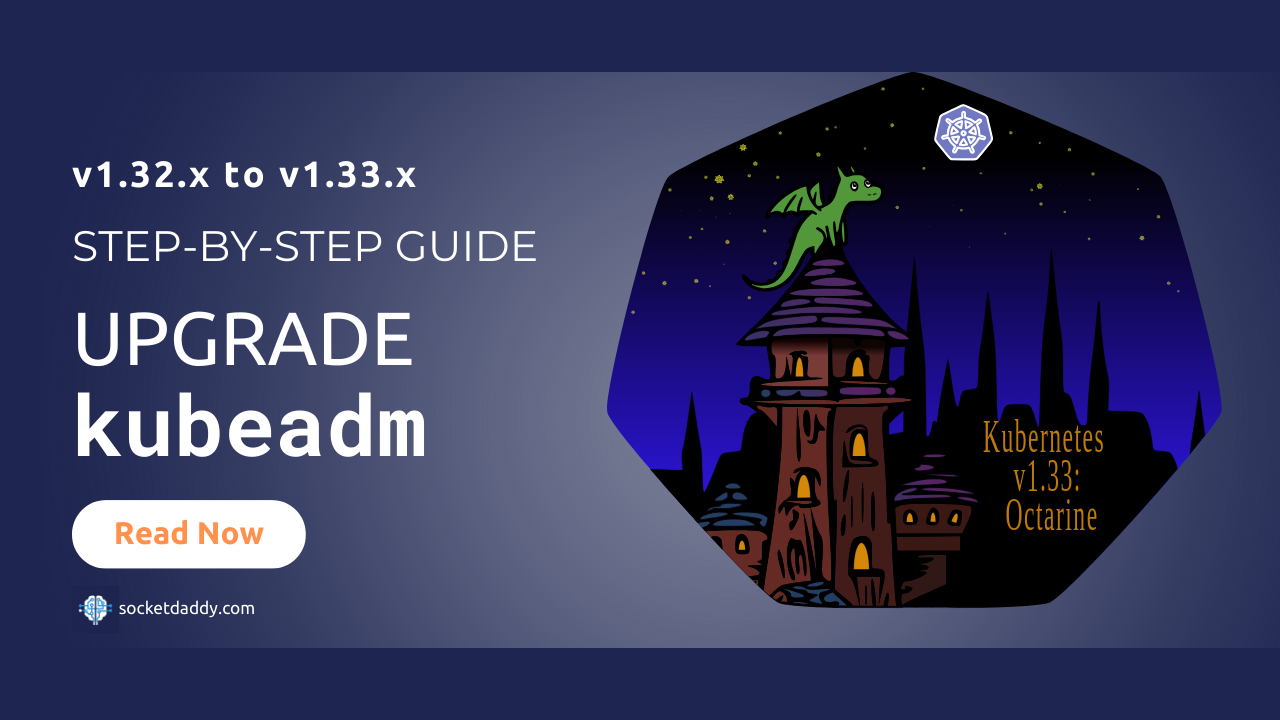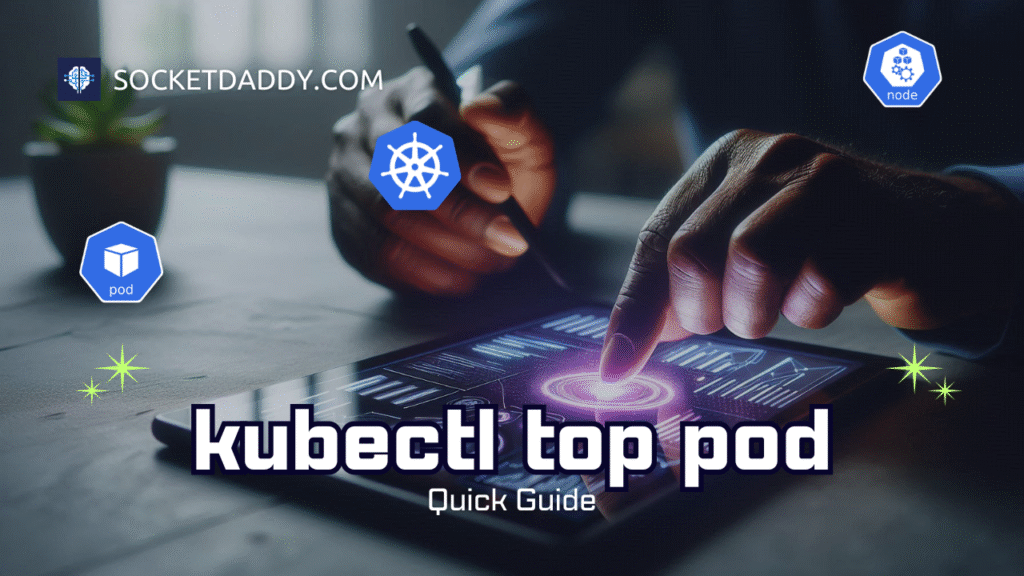Upgrading a kubeadm cluster involves careful planning. This guide covers steps from v1.32.x to v1.33.x and minor bumps. It includes control-plane upgrades, node upgrades, volume lifecycle, CSI changes, quotas, security contexts, snapshot handling, and event-driven workflows.
TL;DR
- Plan control-plane upgrade with kubeadm upgrade plan and apply commands.
- Drain, cordon, and upgrade worker nodes in sequence.
- Validate CSI drivers, volume snapshots, PVC lifecycle and storage class changes.
- Review ResourceQuota and PodSecurityContext impacts.
- Test event-driven triggers using Kubernetes events and controllers.
- Follow version skew policy: no skipping minor versions.
Kubeadm Upgrade Overview
kubeadm upgrade installs new control-plane binaries. It updates static Pod manifests under /etc/kubernetes/manifests. It leaves kubelet configuration intact. You must match kubelet to apiserver within one minor release.
kubeadm upgrade Prerequisites
- Ensure root or sudo access on control plane nodes.
- Backup etcd cluster.
- Check existing version:
kubectl version --short. - Validate cluster health:
kubectl get nodes,pods -A. - Confirm available upgrades:
kubeadm upgrade planshows target versions, channel info, and recommended kubelet versions.
Control-Plane Upgrade Steps
# Plan the upgrade
sudo kubeadm upgrade plan
# Apply the upgrade to control-plane
sudo kubeadm upgrade apply v1.33.0 -y
# Update kubelet and kubectl on control-plane
sudo apt-get update && sudo apt-get install -y kubelet=1.33.0-00 kubectl=1.33.0-00
# Restart kubelet
echo 'Restarting kubelet'
sudo systemctl daemon-reload && sudo systemctl restart kubeletAfter apply, verify static Pods rotated under /etc/kubernetes/manifests. Wait until all control-plane components report Ready.
Worker Node Upgrade in kubeadm upgrade
On each worker, cordon and drain before upgrading:
kubectl cordon
kubectl drain --ignore-daemonsets --delete-local-data
dpkg -l | grep kubeadm # verify old version
sudo apt-get install -y kubeadm=1.33.0-00
sudo kubeadm upgrade node
sudo apt-get install -y kubelet=1.33.0-00 kubectl=1.33.0-00
sudo systemctl daemon-reload && sudo systemctl restart kubelet
kubectl uncordon Repeat per node. Always upgrade one node at a time to maintain availability.
Storage Volumes and CSI Considerations
Upgrades can affect volume lifecycles. Validate storage classes, CSI drivers, and snapshot controllers.
Volume types: emptyDir, hostPath, NFS, iSCSI, CSI-based. See full list at Kubernetes concepts docs.
Lifecycle: PVC → binding → Pod usage → cleanup. Dynamic provisioning uses StorageClass parameters. During upgrade, ensure CSI pods remain ready.
Volume snapshots: ensure VolumeSnapshot CRDs and snapshot controller match cluster version. Upgrade controller first, then CSI drivers.
ResourceQuota and PodSecurityContext
New versions tighten default PodSecurityContext settings. Check your Pod specs for fsGroup, runAsNonRoot, and seccompProfile. Adjust if cluster-level PodSecurity policies block upgrade.
ResourceQuota changes in v1.33 enforce stricter count of CSI volumes and snapshots. Verify kubectl describe quota shows allowances for persistentvolumeclaims, volumesnapshots, total storage.
Example Upgrade Workflows
Use Kubernetes events to trigger automation. Sample controller watches for NodeUpgraded events and updates an external registry.
kubectl get events --field-selector reason=NodeReady
# In your Go or Python operator, watch for NodeReady events and log status.This pattern treats upgrade as an event-driven architecture. You can emit custom events in pre- and post-upgrade phases.
Validation and Testing After kubeadm upgrade
After all nodes are at v1.33, run conformance tests and smoke tests on workloads. Confirm volumes mount correctly and snapshots restore data.
Check network policies and Ingress controllers for version mismatches.
Rollback Strategies
kubeadm does not support automatic rollback. Use etcd backup to restore control plane state. For workloads, rely on replicaset history and image tags.
References
- Upgrading kubeadm clusters
- Kubernetes Volumes
- Kubernetes Volume Snapshots
- Kubernetes Resource Quotas
- Kubernetes Pod Security Policies
- kubectl events
Suggested Reading
PostHashID: 617557fa8588696c67b5a009b27a1bb3d21aa98af0edd789b3d66f13b4d71803




